Differences Between Fawn, Yearling, and Spike: Understanding the Deer Life Cycle
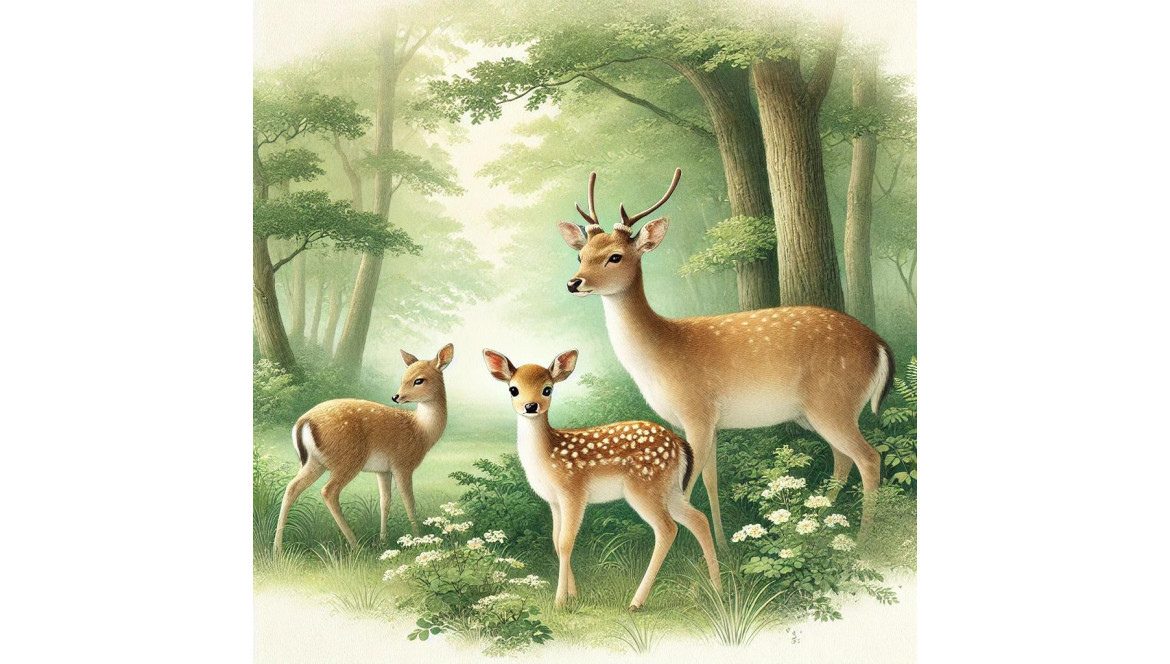
Discover the distinctions between a fawn, a yearling, and a spike, three often-confused terms, to better understand the growth stages of deer and other cervids.
Differences Between Fawn, Yearling, and Spike: Understanding the Deer Life Cycle
Cervids are fascinating animals, but it’s easy to get confused by the terms used to describe their different life stages. Fawn, yearling, and spike are words often encountered when discussing deer, roe deer, or does, but do you really know what they mean? In this article, we will explore the specifics of each term to help you better understand these majestic animals.
What is a Fawn?
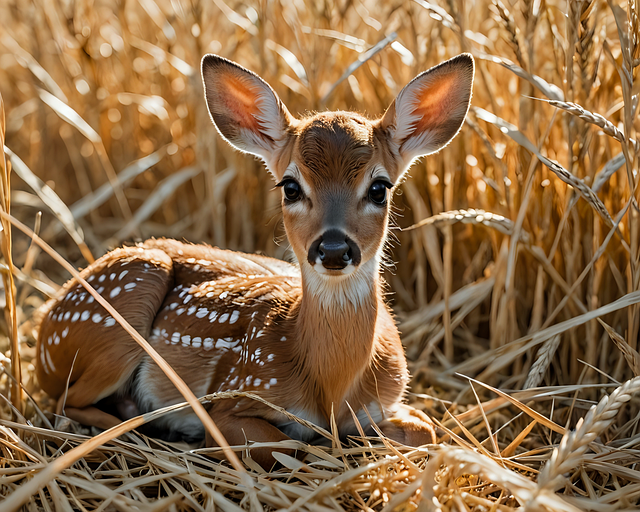
SOURCE : pixabay.com
The term "fawn" refers to a young cervid that has just been born. Fawns are easily recognizable by their small size and white spots, which help them blend into nature. This stage typically lasts until about six months of age, although in some species, a deer may be considered a fawn until it's one year old.
Fawns are born in the spring after a gestation period of six to eight months, depending on the species. They are nourished by their mother, the doe, with maternal milk during the first months of their life. Very vulnerable, they stay close to their mother, who protects them from predators. At this stage, the young cervid does not yet have antlers.
To learn more about our materials related to cervids, visit our section dedicated to deer.
What is a Yearling?
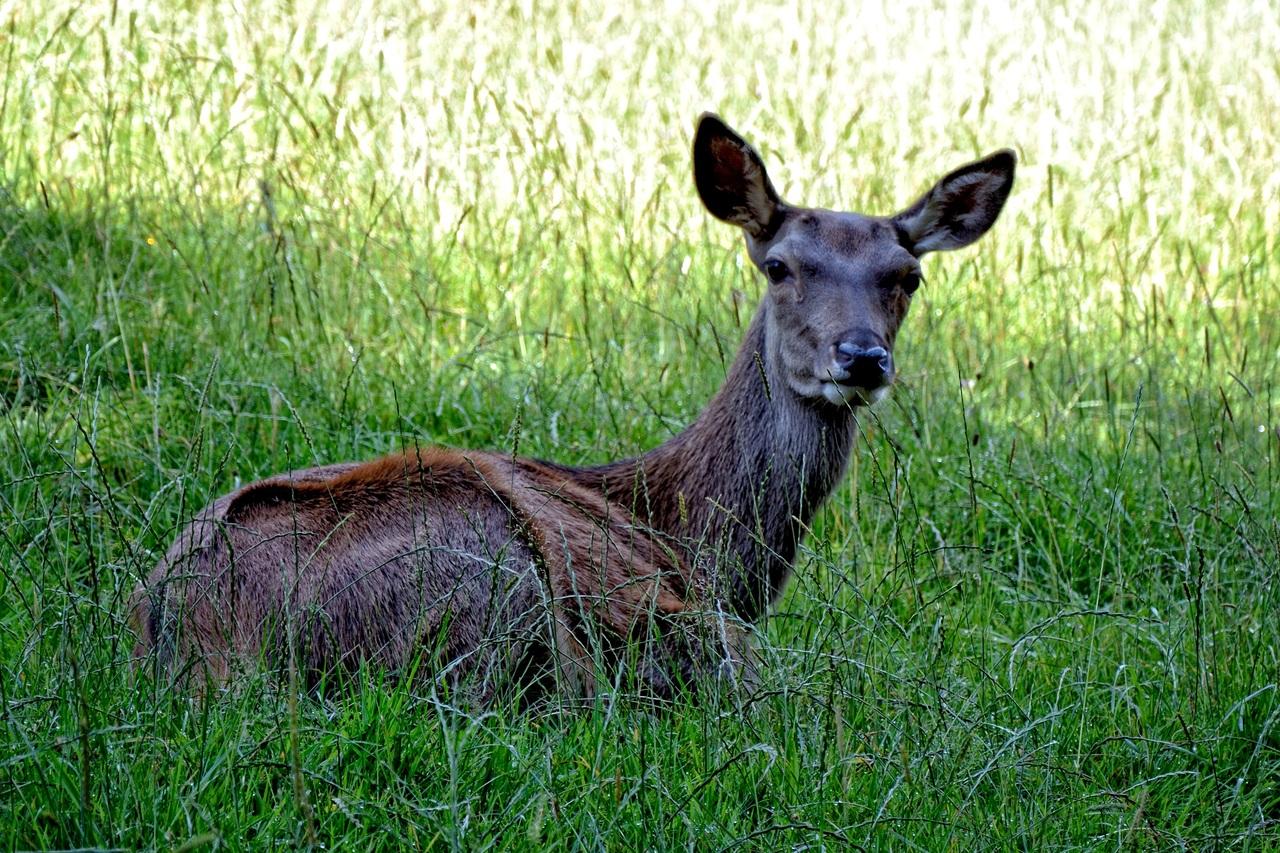
SOURCE : pxhere.com
The term "yearling" refers to a young deer or roe deer that has outgrown the fawn stage but has not yet developed fully grown antlers. This phase corresponds to a period when the animal begins to explore and feed independently but has not yet reached full maturity.
In males, the antlers start to develop, but they are still small and barely visible. This intermediate period is essential for learning and survival. It is at this time that the young animal must adapt to its environment, learn to move alone, and avoid dangers.
What is a Spike?
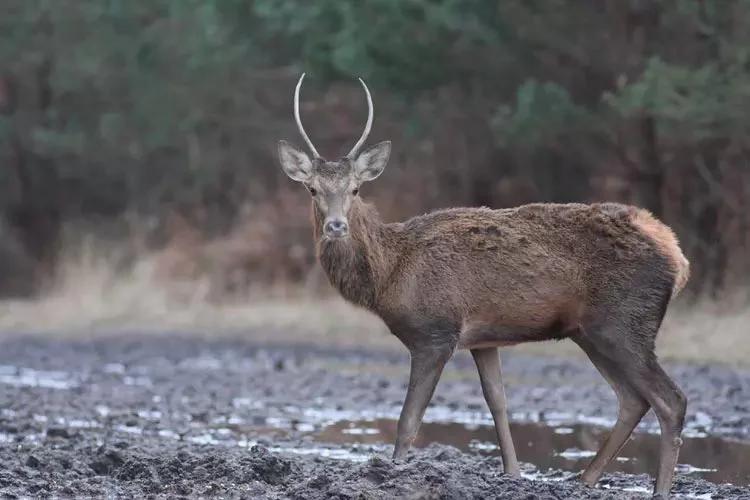
SOURCE : www.chassepassion.net
Finally, a "spike" is a young male deer whose antlers are just beginning to develop. The term refers to young deer whose first antlers appear as simple spikes, hence the name. These antlers, shaped like daggers, are still simple and unbranched. The spike stage marks a transition between adolescence and adulthood in deer.
During this period, the young male gradually asserts himself, though he is not yet ready to compete with adults for territory or mating. A spike’s antlers fall off each year and grow back, becoming more impressive as the animal ages.
Understanding the Different Life Stages of Cervids
Each of these stages—fawn, yearling, spike—marks crucial moments in the development of a cervid, particularly in deer and roe deer. These distinctions are important not only for biologists and hunters but also for anyone passionate about wildlife and nature. They allow for better observation, understanding, and respect for these magnificent animals.
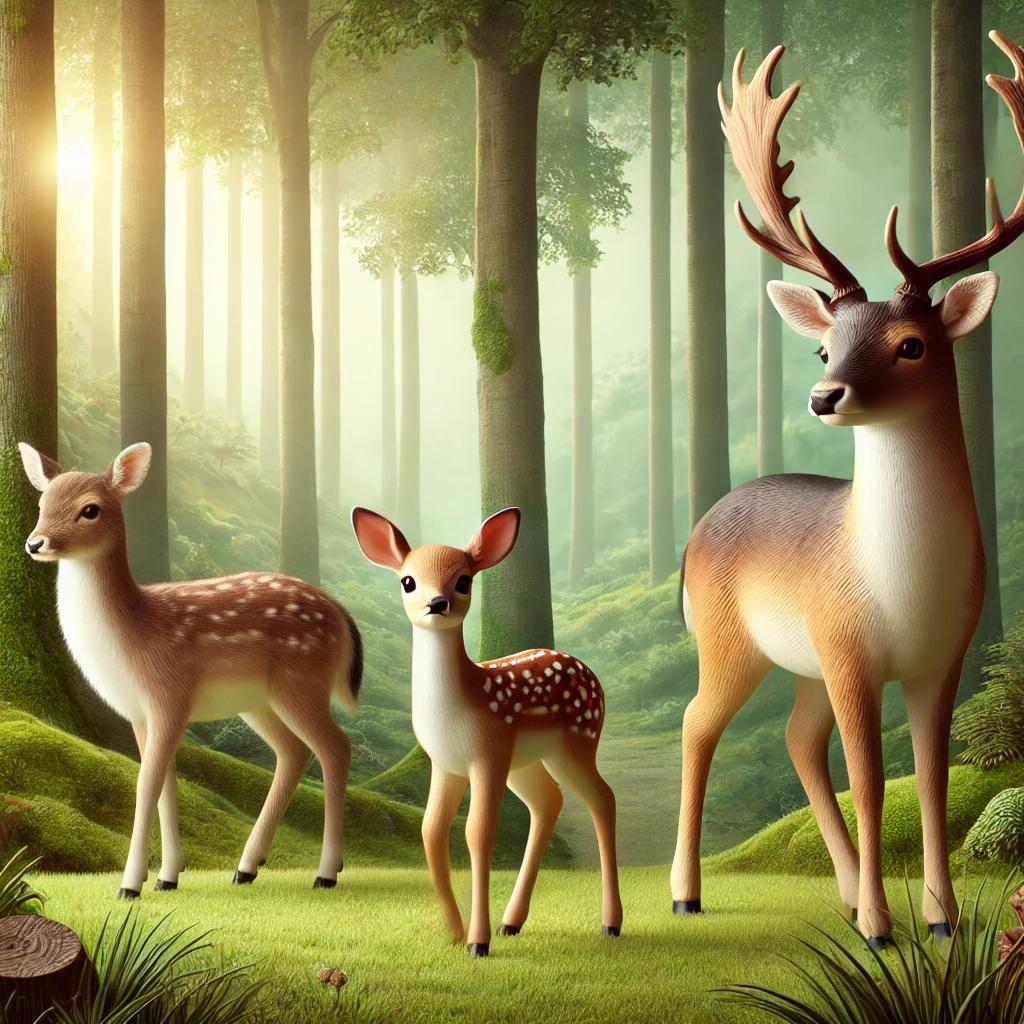
Conclusion
In summary, a fawn is a baby cervid, a yearling is the adolescent who begins exploring alone, and a spike is the young male whose antlers are starting to grow. Each stage of their development is fascinating and showcases the incredible adaptability of these animals to their environment.
Discover more about antlers and their uses in craftsmanship by visiting our page on European deer.
FAQ
-
How long does the fawn stage last in a deer?
The stage during which a deer is considered a fawn generally lasts between six months and one year, depending on the species. -
How do you recognize a yearling?
A yearling is a young deer without antlers or with very small developing antlers. It has outgrown the fawn stage and has begun feeding on its own. -
At what age does a spike become an adult?
A spike becomes an adult around two years of age, when its antlers become more complex and branched. -
Why do fawns have white spots?
The white spots on fawns help camouflage them in nature, protecting them from predators. -
Are spikes aggressive?
Spikes are generally more peaceful than adult males. They don’t yet have the strength or antlers to compete in territorial battles. -
Do spike antlers fall off every year?
Yes, a spike’s antlers, like those of adult deer, fall off each year and grow back.
In Same Category
- CALCEON – by RAFFIR – Unique beauty forged underwater
- Jamaican Rain Tree (Brya Ebony)
- Everything You Need to Know About Bog-Wood – An Exceptional Material for Artisans
- Seafoam Block: A Unique Material for Crafting and Knife Handles
- The Use of Drill Bits and Taps in Knife Making: Techniques and Advantages

Comments
No comment at this time!
Leave your comment